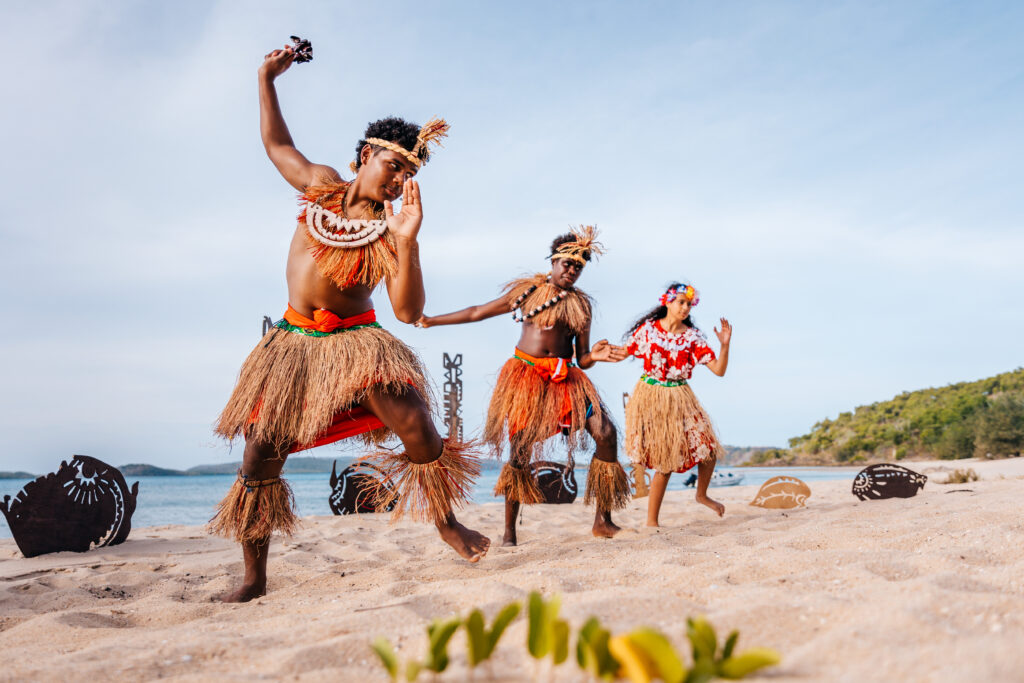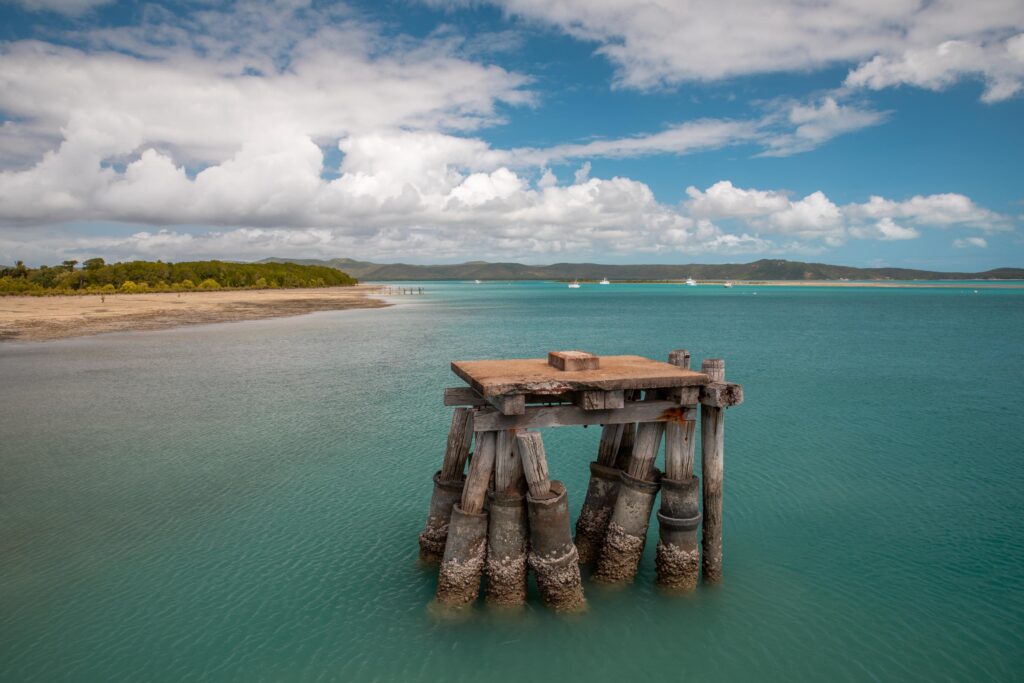A Guide to the Torres Strait Islands: Remote Queensland, Australia
The Torres Strait Islands, a stunning archipelago located between the northern tip of Queensland and Papua New Guinea, embody a unique blend of natural beauty, rich cultural heritage, and historical significance. Often overshadowed by mainland Australia, these islands offer a glimpse into a vibrant Indigenous culture, breathtaking landscapes, and a range of outdoor activities that attract adventurous travelers. This guide delves into the allure of the Torres Strait Islands, exploring their history, culture, and the experiences that await those who venture into this remote paradise.
The Geography of the Torres Strait Islands
The Torres Strait Islands consist of over 274 islands, with only about 17 of them inhabited. The islands are situated in the Torres Strait, a body of water that separates Australia from Papua New Guinea. Each island possesses its own unique charm and characteristics, ranging from lush rainforests to sandy beaches and coral reefs teeming with marine life. The most well-known islands include Thursday Island, Horn Island, and Saibai Island, each serving as a gateway to the region’s culture and natural wonders.
The islands boast diverse ecosystems, making them a paradise for nature lovers. The waters surrounding the islands are rich in marine biodiversity, and the reefs are home to an array of fish species, sea turtles, and other marine life. The islands themselves are often characterized by lush vegetation, offering picturesque landscapes that range from rugged coastlines to tranquil lagoons.

The Cultural Heritage of the Torres Strait Islanders
The Torres Strait Islanders are an Indigenous people with a rich cultural heritage that has developed over thousands of years. Their history is deeply intertwined with the land and sea, and their customs and traditions reflect this connection. The Islanders speak a variety of languages, with Kala Lagaw Ya and Meriam Mir being the two predominant languages.
The culture of the Torres Strait Islanders is celebrated through art, music, dance, and storytelling. Traditional practices, such as weaving and carving, are still prevalent, and the islands are known for their distinctive art forms. Visitors can explore local galleries and markets to appreciate the intricate crafts and artworks created by Torres Strait Islander artists. Cultural festivals, such as the Torres Strait Islander Cultural Festival, showcase traditional dances and music, providing a deeper understanding of the islanders’ rich cultural tapestry.
Getting to the Torres Strait Islands
Reaching the Torres Strait Islands requires some planning, as they are relatively remote. The most common way to access the islands is via air travel, with flights available from Cairns to Thursday Island and other inhabited islands. The flight offers breathtaking views of the archipelago and the surrounding waters, setting the stage for the adventure that awaits.
Once on the islands, getting around can be easily done through local ferries, buses, or by hiring a vehicle. Each island has its own unique attractions, making it worthwhile to explore multiple locations during your visit.
Activities and Attractions
The Torres Strait Islands are a playground for outdoor enthusiasts and those seeking unique cultural experiences. Visitors can engage in a variety of activities, from snorkeling and diving to hiking and fishing. The coral reefs surrounding the islands are among the best in Australia, offering vibrant underwater ecosystems for divers and snorkelers to explore.
Fishing is also a popular activity, with local guides available for hire to take visitors to the best spots. For those interested in birdwatching, the islands are home to a diverse range of bird species, making them an excellent location for spotting unique wildlife.
Cultural experiences abound, with opportunities to engage with local communities and learn about traditional practices. Guided tours provide insight into the rich history of the islands, including visits to significant cultural sites and storytelling sessions with local elders.

Practical Information for Travelers
Traveling to the Torres Strait Islands requires some preparation. The best time to visit is during the dry season, from April to November, when the weather is pleasant, and the waters are calm. However, travelers should be aware that the islands can experience sudden weather changes, so it is wise to stay informed and be flexible with plans.
Accommodations on the islands range from hotels and resorts to guesthouses and campgrounds, catering to different budgets and preferences. It’s advisable to book accommodations in advance, especially during peak travel seasons.
Respecting the local culture and environment is crucial when visiting the Torres Strait Islands. Engaging with the local communities in a respectful manner, understanding cultural protocols, and minimizing environmental impact are essential to preserving the islands’ natural beauty and cultural heritage.





